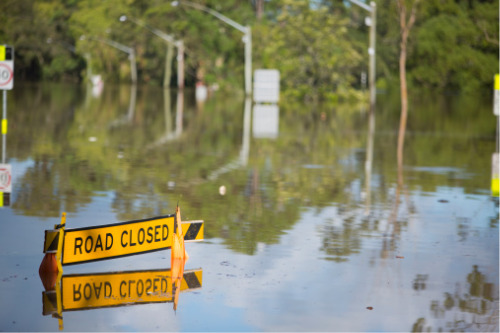

The finances of New Zealand’s insurance industry remain strong amid several major natural disaster claims this year, according to a report by broker Crombie Lockwood.
In 2021, major catastrophe events in New Zealand have resulted in at least $197.17 million in insured losses. The single largest event was the West Coast flooding from July 16 to July 19, with $85.41 million in insured costs.
According to Crombie Lockwood’s September 2021 market outlook report, it’s not just wet weather that’s contributing to major claims. It noted that annual rainfall in New Zealand from 2016 to 2020 was actually 10.7 % below the average and that wildfires have become more frequent. The October 2020 Lake Ohau fire resulted in $35.18 million in claims, 93% of which came from domestic home and contents insurance.
Aside from natural catastrophes, the COVID-19 pandemic is also exerting pressure on the New Zealand insurance industry due to its effects on the global supply chain.
Increased costs for shipping have caused prices of both building materials and consumer products to rise. These are reflected by escalating costs of repairing insured damage or replacing lost or damaged goods.
Supply-chain problems have also caused delays in shipments of materials and goods. As a result, insurance claims take longer to be settled, with knock-on effects for insurers such as having to pay for alternative accommodation, additional costs to operate the business or supply of temporary vehicles. A tight labour market has also made it tougher to quickly finish construction work.
“Overall, however, the New Zealand insurance market is in good health and stable,” Crombie Lockwood said. “Capacity is still readily available for most sectors and insurers are very much open for business. Pricing remains firm with insurers seeking sustainable pricing models.”
